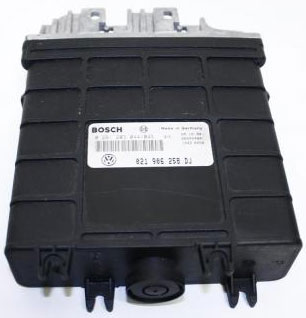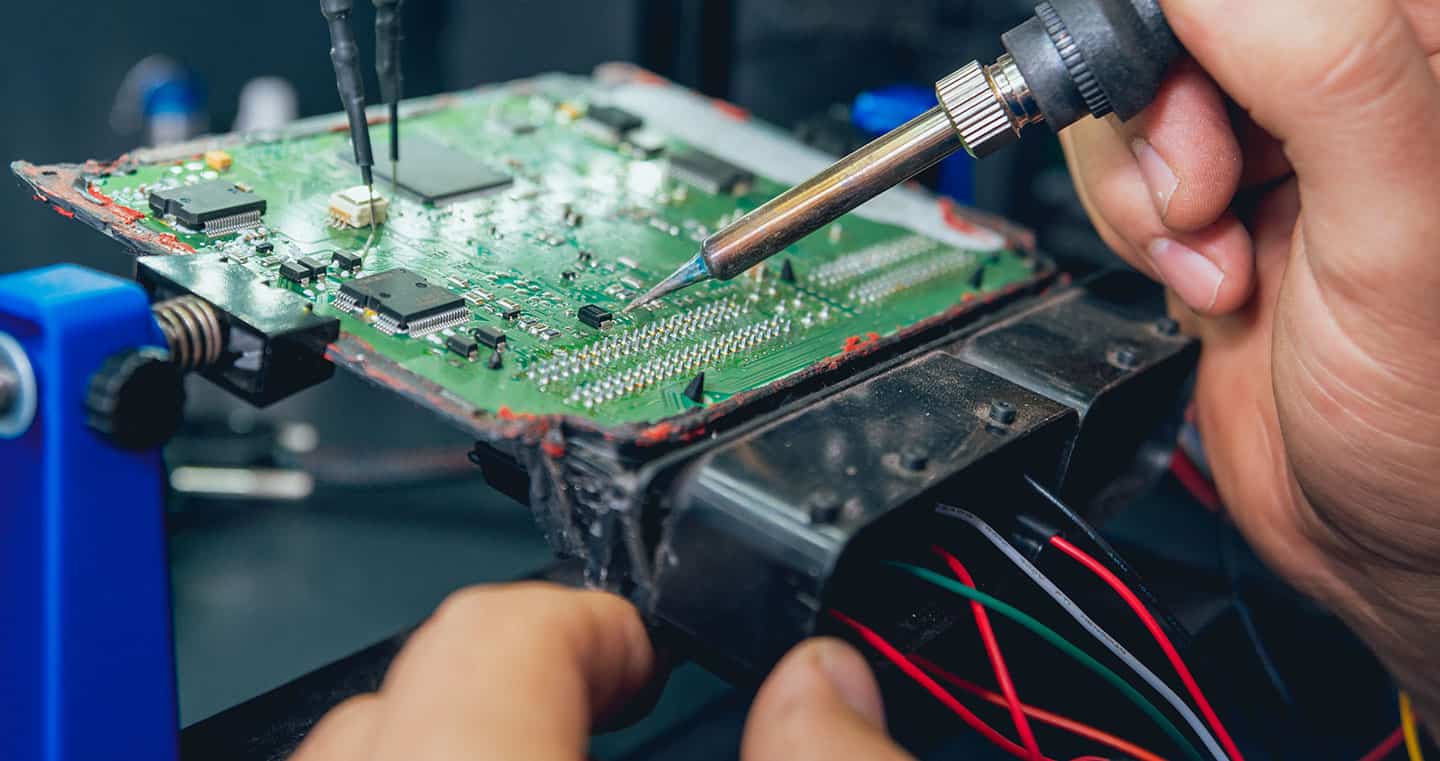The diesel engine has played a crucial role in powering our world’s transportation and industrial machinery for many decades. While diesel engines offer several advantages, they also produce harmful emissions. Particularly fine particulate matter (PM) and nitrogen oxides (NOx), which pose environmental and health risks. To mitigate these concerns, Diesel Particulate Filters (DPF) have emerged as a key technology in reducing diesel emissions. This article explores the importance of DPF in curbing diesel emissions. As well as its role in creating a more sustainable and environmentally friendly future.

Understanding Diesel Emissions
Diesel engines are renowned for their high torque, fuel efficiency, and durability, which makes them popular choices in various applications. Such as trucks, buses and construction However, diesel engines emit several pollutants during combustion, including:
- Particulate Matter (PM): PM consists of tiny solid particles and liquid droplets suspended in the exhaust gases. These fine particles are a health concern as they can penetrate deep into the respiratory system, causing a range of health problems, such as asthma and lung cancer.
- Nitrogen Oxides (NOx): NOx compounds, including nitrogen dioxide (NO2) and nitric oxide (NO), contribute to the formation of smog, acid rain, and various respiratory issues. NOx emissions also play a role in global warming.
- Carbon Monoxide (CO): This colorless, odorless gas is harmful when inhaled in large quantities, as it interferes with the body’s ability to transport oxygen.
The Role of Diesel Particulate Filters (DPF)
A Diesel Particulate Filter (DPF) is a critical component of emission control systems used in diesel engines. DPFs are designed to capture and reduce particulate matter emissions from the exhaust gases. Here’s how DPFs work and their role in reducing diesel emissions:
Trapping Particulate Matter:
DPFs are made of a ceramic or metal honeycomb structure coated with a catalyst. As exhaust gases pass through the DPF, the particulate matter is trapped within the filter’s porous channels. This process is highly effective in removing soot and other fine particles.
Regeneration:
Over time, the captured particulates can accumulate in the DPF, leading to a decrease in exhaust flow and engine performance. To prevent clogging, DPFs undergo a process called regeneration. There are two main types of regeneration:
- Passive Regeneration: This occurs during normal driving conditions when the exhaust temperature is high enough to burn off the accumulated soot. It requires no external intervention.
- Active Regeneration: If passive regeneration is insufficient, active regeneration is initiated by injecting fuel into the exhaust system, increasing exhaust temperatures to burn off the trapped particulates. This process may be necessary when the vehicle frequently operates under low-load conditions, where passive regeneration is less effective.
Read more: Choosing the Right Motor Oil for Your Vehicle: A Comprehensive Guide
Benefits of DPF in Reducing Diesel Emissions
- Particulate Matter Reduction: DPFs are highly effective at reducing PM emissions, making the exhaust gases cleaner and less harmful to the environment and human health.
- Improved Air Quality: DPF-equipped diesel engines produce less visible smoke and contribute to reduced air pollution, particularly in urban areas with high traffic density.
- Compliance with Emission Regulations: Many countries have implemented stringent emission standards, and DPFs help diesel engines meet these requirements, avoiding fines and penalties for non-compliance.
- Reduced Health Risks: By curbing PM emissions, DPFs play a significant role in reducing respiratory problems and related health risks in both urban and rural communities.
- Mitigating Climate Change: While DPFs primarily target PM emissions, they indirectly help lower greenhouse gas emissions by improving engine efficiency and reducing the need for engine maintenance and repairs.
Read more: Strengthening Vehicle Security: Understanding Immobilisers And Car Theft Statistics
Challenges and Considerations
Despite their numerous advantages, DPFs are not without challenges and considerations:
- Maintenance: DPFs require regular maintenance, including cleaning and replacement, which can add to the operating costs of diesel vehicles.
- Fuel Consumption: Active regeneration consumes extra fuel, reducing the overall fuel efficiency of the vehicle.
- Cold Weather Issues: DPFs may be less effective in very cold conditions, as exhaust temperatures needed for regeneration may not be reached.
- Alternative Technologies: As emission standards become more stringent, alternative technologies, such as selective catalytic reduction (SCR), are being used in conjunction with DPFs to further reduce NOx emissions.
Conclusion
Diesel Particulate Filters (DPF) have become indispensable in the effort to reduce diesel emissions and promote cleaner air quality. These devices effectively trap and reduce particulate matter emissions. Making diesel engines more environmentally friendly and compliant with stringent emission standards. As the world continues to address air quality and climate change concerns. Other emission control technologies, will play a pivotal role in achieving a more sustainable and healthier future.


